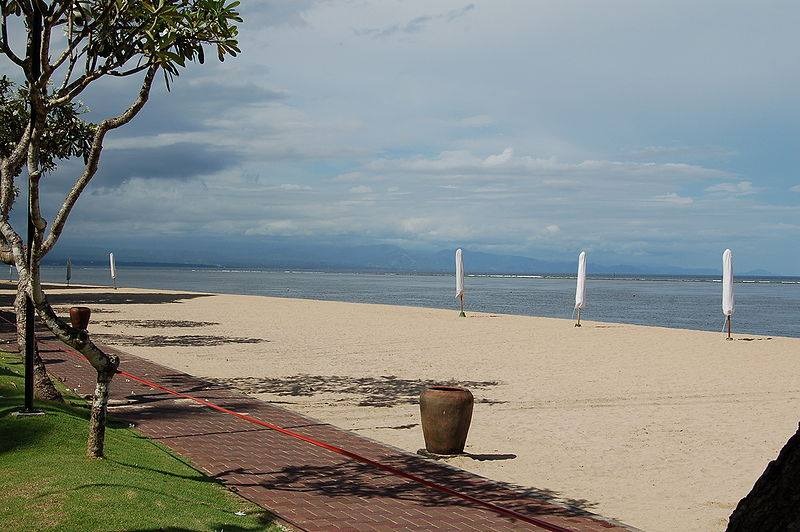Ah, Bali. The island paradise known for its stunning beaches, vibrant nightlife, and rich culture. It’s a place where the scent of incense wafts through the air, and the sound of gamelan music fills the temples. But with over six million tourists flocking to Bali every year, one must wonder—what is the impact of tourism on Bali’s traditional culture? Let’s dive into this fascinating topic, drawing from personal anecdotes and observations, and explore the nuanced relationship between tourism and tradition.
The Sweet Smell of Success?
When I first visited Bali a few years ago, the allure was undeniable. I stepped off the plane and was greeted by friendly smiles, lush landscapes, and the tantalizing aroma of local cuisine. But as I ventured beyond the tourist hubs of Kuta and Seminyak, I discovered an island flourishing with traditions that have been practiced for centuries.
Daily Offerings and Rituals
One afternoon, while wandering through the streets of Ubud, I stumbled upon a local ceremony. Women dressed in intricate, colorful kebayas walked barefoot, balancing trays full of offerings on their heads—a delightful mixture of flowers, rice, and incense. My heart swelled with admiration for the deep spirituality embedded in their everyday life.
However, I couldn’t help but notice the impact of tourists on this sacred ritual. Many visitors, including myself at times, seem oblivious to the cultural significance of these ceremonies. I remember a couple next to me snapping selfies, laughing, and posing with the offerings—a scenario that felt almost intrusive.
Balancing Tradition and Modernity
Bali’s economy heavily relies on tourism, and the demand for authentic experiences has resulted in a curious blend of tradition and modernity. Local artisans, musicians, and dancers now perform in staged environments catering to tourists, creating a controlled experience that sometimes feels disingenuous.
For instance, during a traditional Kecak dance performance, I sat mesmerized by the storytelling conveyed through movement and music. Yet, it was hard to ignore the fact that the performance was tailored to fit a tourist schedule. It’s like enjoying a hugely popular cover song at a concert—you love it, but you know the original artist’s soul isn’t entirely present.
The Cost of Convenience
With tourism comes the construction of resorts, restaurants, and shops, and while this development brings income, it also comes at a cost. Traditional villages are often altered to accommodate the influx of visitors. I witnessed this first-hand in Lovina, where beautiful beaches are now lined with commercial establishments. What was once a quiet fishing village seems to be losing its charm under the pressure of modernization.
A Personal Story
One evening in a less touristy village, I decided to dine at a local warung (small restaurant). I ordered a plate of nasi campur and sat at a table beside a local family. Their laughter and joy as they shared stories reminded me of family dinners at home—back when food was more than just sustenance; it was a way to connect.
Later, I realized that the family might not always feel at ease sharing their space with unexpected visitors. Balancing the warmth of hospitality with the need for privacy is a challenge for many locals in tourist-heavy areas.
Preserving the Culture
Despite these challenges, many Balinese people are fiercely proud of their culture and are taking steps to preserve it. Community leaders work hard to educate tourists about the significance of cultural practices and encourage responsible tourism. For instance, you might come across signage asking tourists not to photograph certain ceremonies or to dress modestly when visiting temples.
Practical Advice for Tourists
So, what can you do as a visitor to minimize your impact and show respect for Bali’s traditional culture? Here are some tips:
1. Educate Yourself: Before visiting, take some time to read about Balinese customs and traditions. Understanding the cultural significance will deepen your appreciation.
2. Be Respectful: If you encounter a local ceremony, observe from a distance. It’s all about the experience; being a respectful spectator can mean everything.
3. Support Local Artisans: Instead of buying mass-produced souvenirs, seek out handcrafted items made by local artisans. These purchases help sustain traditional crafts and offer fair wages to the community.
4. Stay in Less Commercialized Areas: Explore regions off the beaten path. You’ll be rewarded with authentic experiences that prioritize local culture over tourist trappings.
5. Participate Mindfully: If offered a chance to engage in traditional practices, like a cooking class or a dance workshop, approach it with genuine curiosity. You’ll not only learn but also foster mutual respect.
Conclusion
The impact of tourism on Bali’s traditional culture is complex and multifaceted. It’s a delicate dance of preservation and change, where both locals and visitors play pivotal roles. As a traveler, it’s essential to not only enjoy the vibrancy of Bali but also contribute positively to its rich cultural tapestry. So, next time you’re basking under the Balinese sun, remember that every encounter is an opportunity to honor the island’s traditions and the people who preserve them. After all, authentic culture is what makes Bali truly magical.






